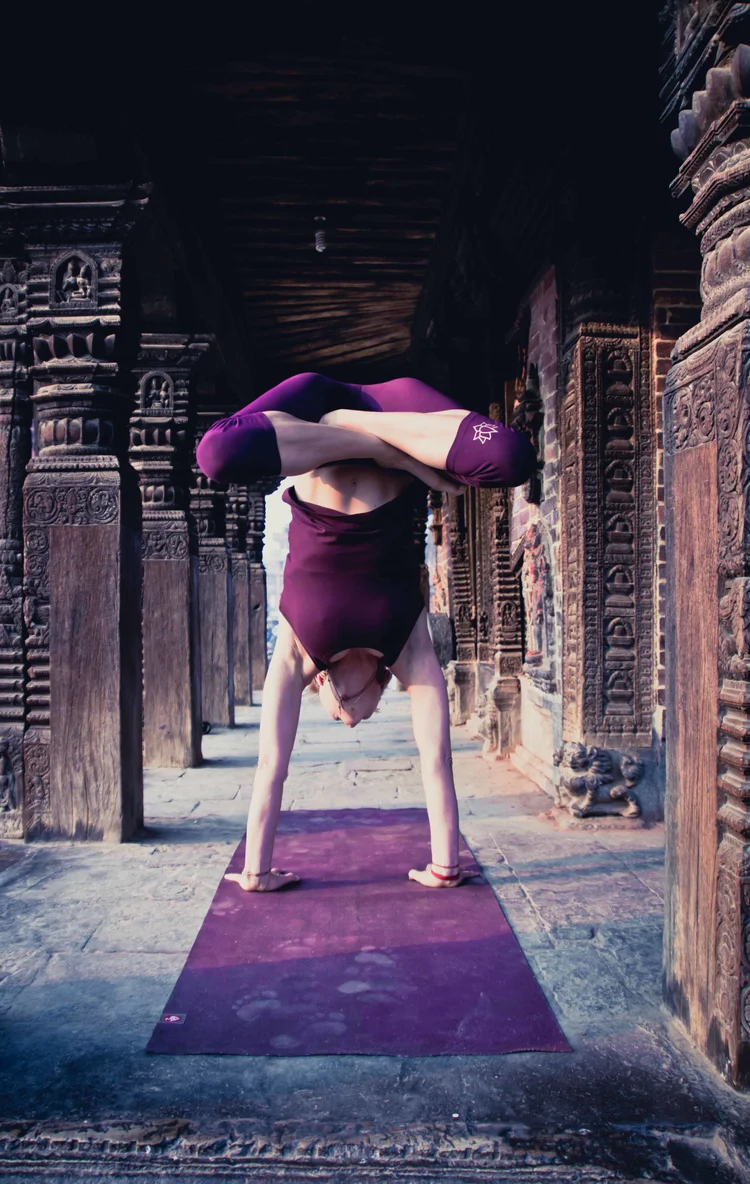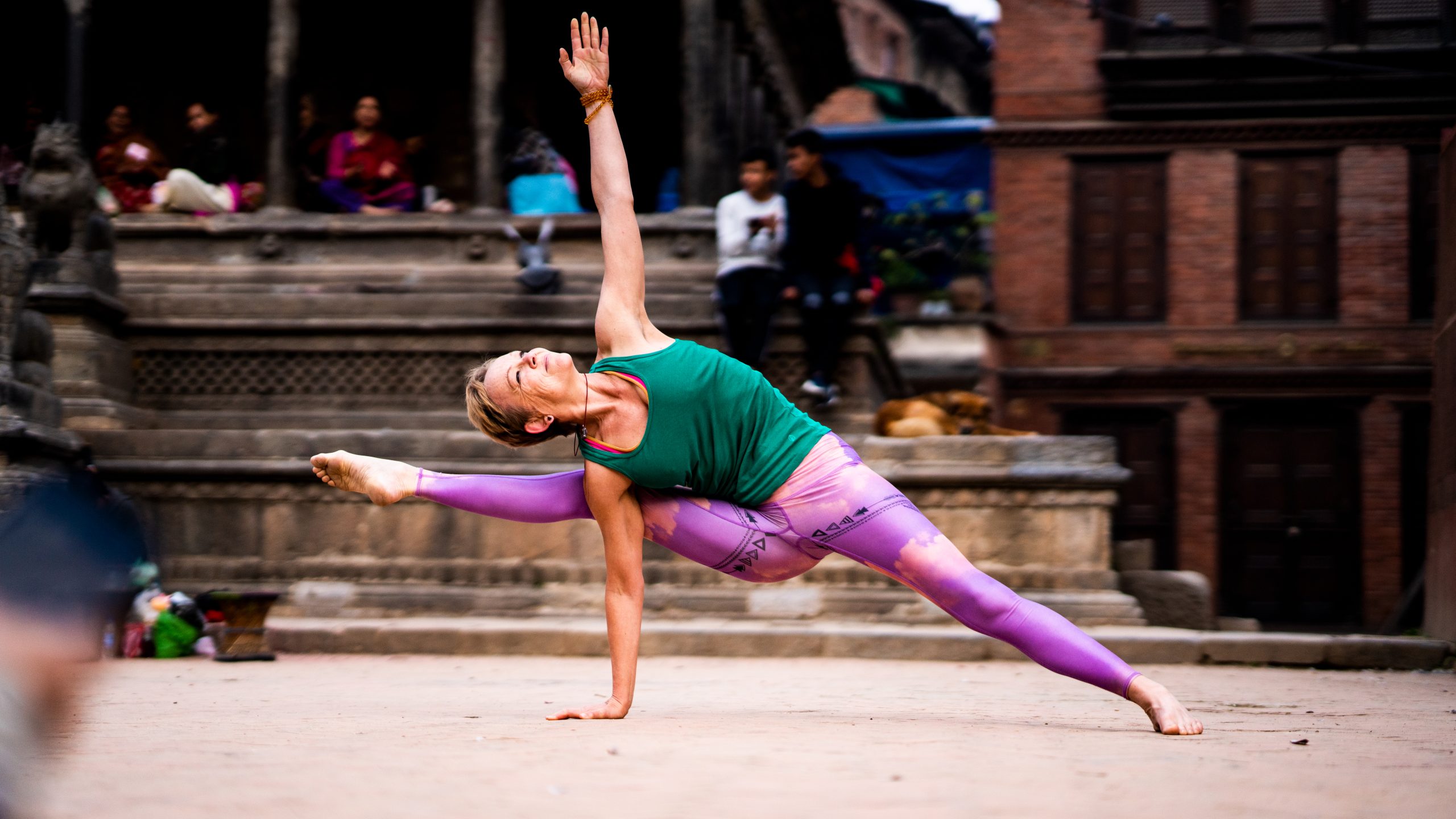About Ashtanga Nepal

My journey
I was born in Norway and have been Ashtanga yoga teacher for over 30 years. My journey began as a professional dancer and I discovered Ashtanga yoga in New York in 1994. I am a KPJAYI authorized level 2 Ashtanga yoga teacher and hold a teacher training certificate from John Scott.
In 2002 I co-founded the first Ashtanga studio In Oslo, Norway, Ashtanga Yoga Oslo where I was the principal teacher in charge of the Mysore program. A growing interest in Buddhism brought me first to Bylakuppe, South India, where I spent about three years living in a Tibetan Monastery. I then moved to Kathmandu where I, after completing a Tibetan translator training course, earned a Masters degree in Buddhist studies and Himalayan Languages from Kathmandu university. During this time I started the first Mysore program in Kathmandu. I am currently living in Norway running Yoga Teacher Trainings and online courses. I regularly lead Yoga retreats in Nepal.
What I believe
Ashtanga Yoga and Buddhism
I believe Ashtanga is a powerful and effective practice, serving as the foundation for qualities such as discipline, depth, introspection, and patience. It cultivates awareness of the subtle body, leading to a more fluid sense of self.
Therefore, Ashtanga not only makes us feel good but also provides an excellent foundation for the deeper transformational practices Buddhism offers. However, to fully reap the benefits of our physical practice, we must deliberately engage in complementary practices of wisdom and compassion.
What makes it a spiritual practice?
I believe that a spiritual practice is not a solitary journey but a path of belonging and integration. Through yoga, we tap into deeper levels of awareness, revealing not a solitary soul (Atman) hidden within but our intrinsic connection with all living beings. When this understanding guides our thoughts, speech, and actions, it leads us toward a direction that benefits ourselves, our surroundings, and our planet.
What does Ashtanganepal’s logo mean?
The eternal knot (Pata) symbolizes the interconnected nature of everything. As the Buddha realized in his infinite wisdom, nothing exists intrinsically separate from other phenomena. Our thoughts and imagination shape our perceptual world, influencing our actions, which in turn affect the whole. We can either let the process of perception and reaction pass unnoticed, living an unexamined life, or we can take hold and steer our body and mind in a wholesome direction. This is called yoga.
Just like the lotus flower, born in muddy waters, rises above the surface to blossom, so sentient beings, rise from the murkiness of Samara to blossom as enlightened Buddhas


More about me
Dive into Ellen’s practice with the YouTube videos listed below.
Ellen’s YouTube Channel
Stillpoint Yoga London
Yoga Journey of Ellen Johannesen, Purple Valley Yoga
Ellen Johannesen, keen on Yoga Podcast
Keen on Yoga Christmas special
Finding Harmony T.V with Ellen Johannesen
The art of Jumping Through Mahalaya

